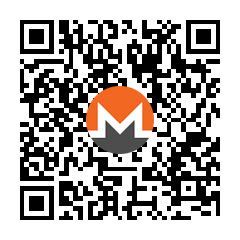Quickly googled about rsyncing big files. It is aparently slow, as it must checksum the whole file.
My guess would be that: If both blockchains are NOT pruned, then it should be fine but super slow If they are pruned, then since the pruning involves randomness, I guess it would be useless to rsync them. Because the history will be different.
My bet is that a normal copy would be better.




I’m gonna be honest I didn’t understand jackshit from your reply. So I won’t comment on it, maybe my US-english-rant-comprehension skills are not the best. I’m not saying it’s wrong, I’m just saying that I did not comprehend it due to language barriers.
However, ditching the Dollar will not make “rich” people broke. It will make the average person that doesn’t ditch the dollar in time, broke.
If people ditch the dollar (or any fiat for that measure), you will have 3 types of people:
I agree with you that we should “ditch the dollar” or the Euro in my case, but it will not be beneficial for most people in the short term as you might think. At least that’s my opinion.
It will be beneficial for them if they manage to swap their assets into Monero in time, but not otherwise.